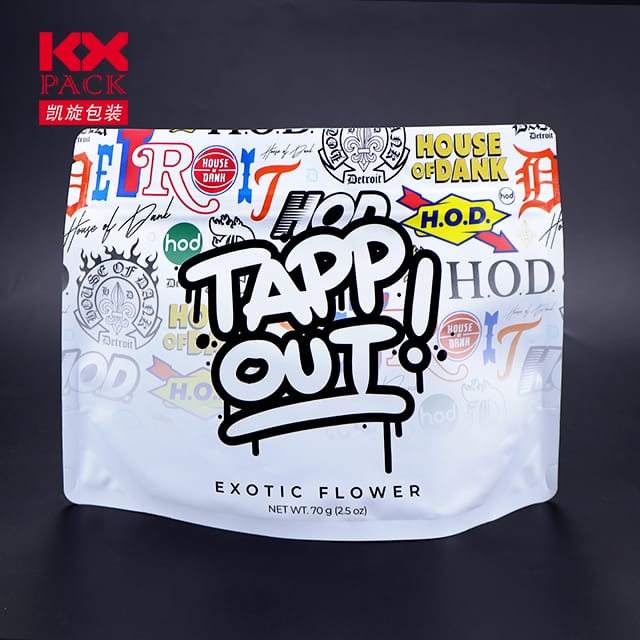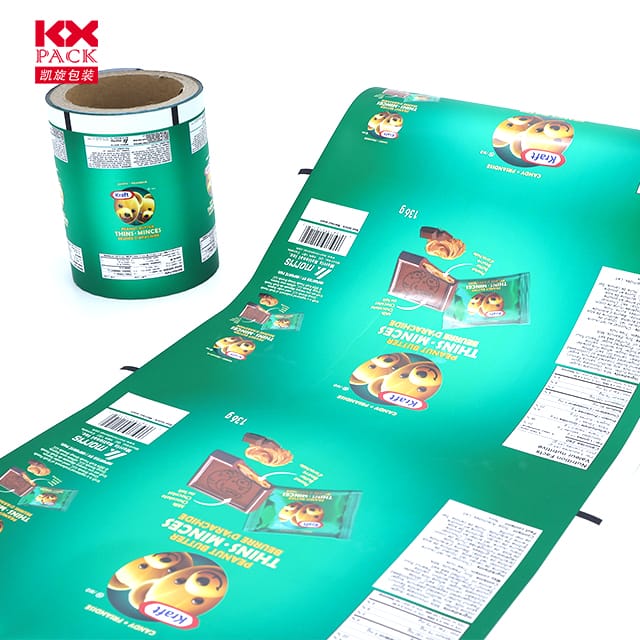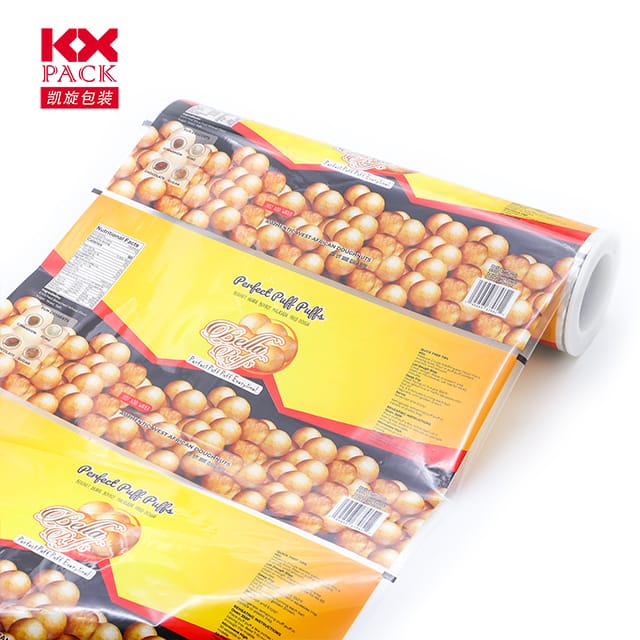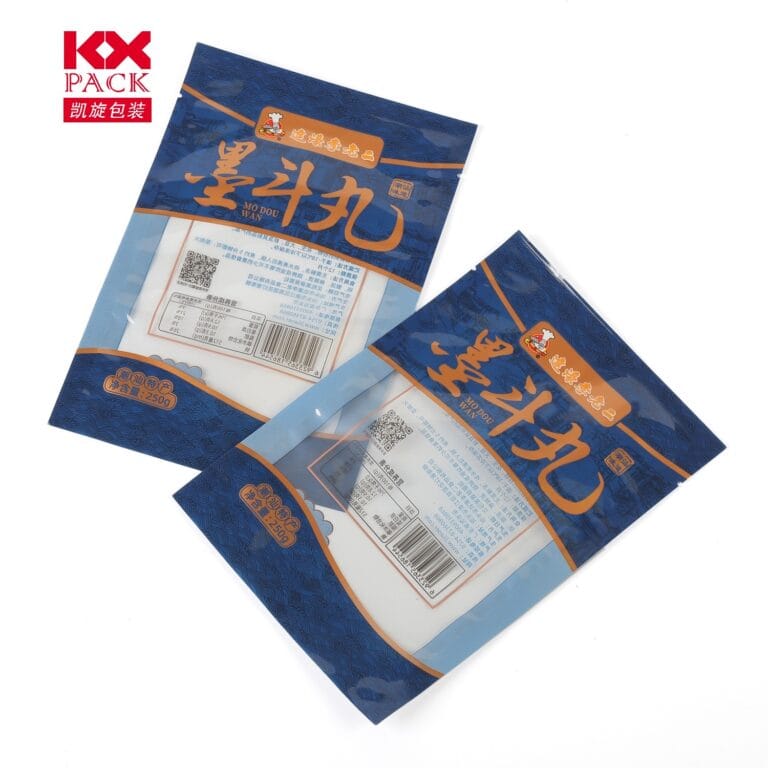Shpata me dy tehe të filmit plastik për mbështjellje: Komoditeti vs. Ndikimi mjedisor (3
Film plastik për mbështjellje
Plastic film is ubiquitous in our lives. Nga dyqanet ushqimore deri tek depot e transportit, Ky material i gjithanshëm përfundon, mbroj, dhe ruan gjithçka, nga prodhimet e freskëta deri tek elektronika e brishtë. Por ndërsa shqetësimet mjedisore rriten, Pyetja afrohet: A mund ta pajtojmë komoditetin e filmit plastik me nevojën urgjente për të zvogëluar mbeturinat plastike? Let’s unpack the role of plastic film in modern life and explore sustainable alternatives.
Why Plastic Film Dominates Packaging
- Shkathtësi & Kosto-efektivitet
Film plastik për mbështjellje (like polyethylene, ose) is lightweight, fleksibël, and inexpensive to produce. It can be tailored for various uses—cling wrap, shrink wrap, bubble wrap, dhe me shume. - Mbrojtje me pengesë
It shields products from moisture, oksigjen, dhe ndotësit, Zgjerimi i jetës së raftit dhe zvogëlimi i mbeturinave të ushqimit. Për bizneset, this means fewer losses and happier customers. - Transparencë & Marketing Appeal
Clear plastic film allows products to be visible, enhancing retail appeal. For consumers, it provides a “see-before-you-buy” advantage.
Numri i mjedisit
- Jo biodegradues: Traditional plastic film takes centuries to decompose, contributing to landfills and ocean pollution.
- Microplastics: As plastic breaks down, it releases microplastics that contaminate ecosystems and enter the food chain.
- Gjurmë karboni: Production relies on fossil fuels, duke kontribuar në emetimet e gazrave serë.
Stat Alert: The Ellen MacArthur Foundation estimates that by 2050, plastic could outweigh fish in the ocean.
Innovative Solutions & Alternatives
- Biodegradueshme & Filma kompostueshëm
- PLA (Acid polylaktik): Derived from corn starch or sugarcane, it decomposes in industrial composting facilities.
- Pha (Polihidroksialkanoates): A biodegradable plastic produced by microbial fermentation.
- Plant-Based Films
Materials like celulozë (from wood pulp) ose agar (from seaweed) offer compostable, non-toxic options. - I ripërdorshëm & Recyclable Systems
- Përfundimet e dyllit të bletëve: A natural, washable alternative to cling film.
- Silicon Lids: Durable covers for bowls and containers.
- Returnable Packaging: Some companies are trialing reusable plastic crates or containers.
- Riciklim kimik
Emerging technologies break down plastic polymers into raw materials, enabling circular production.
How You Can Make a Difference
- Zvogëloj: Opt for loose produce, buy in bulk, or choose products with minimal packaging.
- Ripërdor: Repurpose plastic film for tasks like covering leftovers or protecting plants.
- Recycle: Check local guidelines—some regions accept clean plastic film for recycling.
- Support Eco-Brands: Patronize companies using compostable or recycled materials.
The Future of Plastic Film
Ndërsa Film plastik për mbështjellje isn’t going away overnight, progress is underway. Governments are enforcing stricter regulations (P.sh., the EU’s Single-Use Plastics Directive), and industries are investing in greener alternatives. Konsumatorë, shumë, hold power—by demanding sustainability, we push the market toward innovation.
Mendimet përfundimtare
Film plastik për mbështjellje has revolutionized packaging, but its environmental cost is undeniable. By embracing alternatives, recycling wisely, and supporting eco-conscious brands, we can mitigate its impact. Let’s strive for a future where convenience and sustainability aren’t mutually exclusive.
💡Për majën: When recycling plastic film, ensure it’s clean and dry to avoid contamination.
What’s your strategy for reducing plastic film use? Share your tips in the comments!
Fjalë kyçe: film plastik për mbështjellje, paketim i qëndrueshëm, biodegradable plastic film, compostable alternatives, reduce plastic waste, eco-friendly packaging solutions







